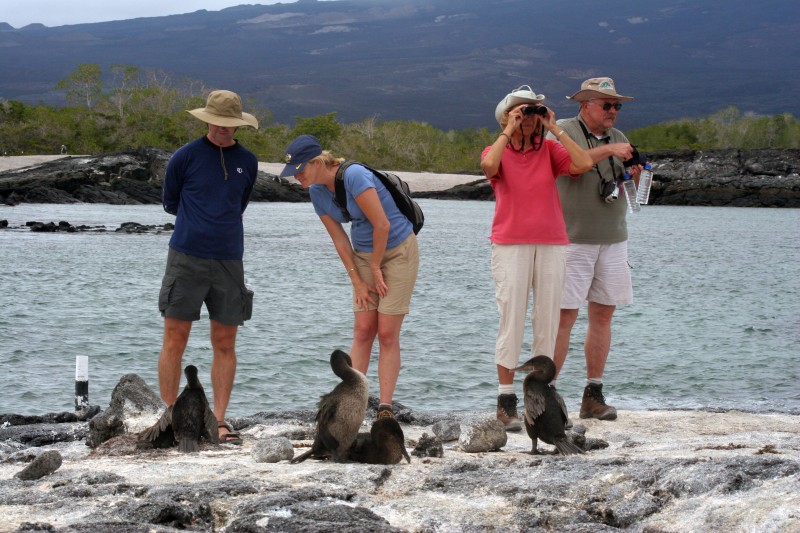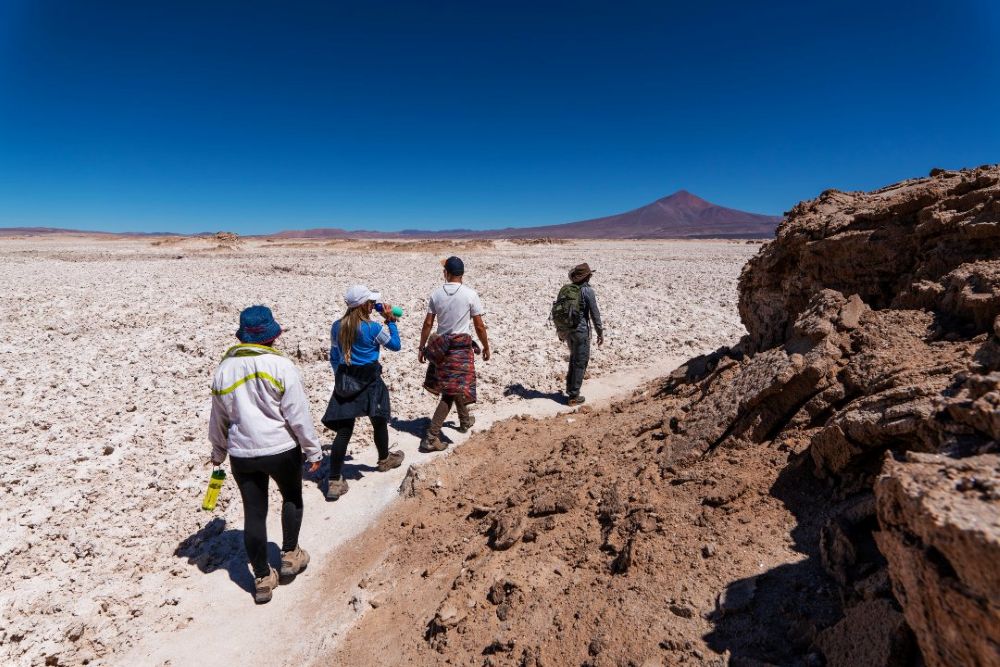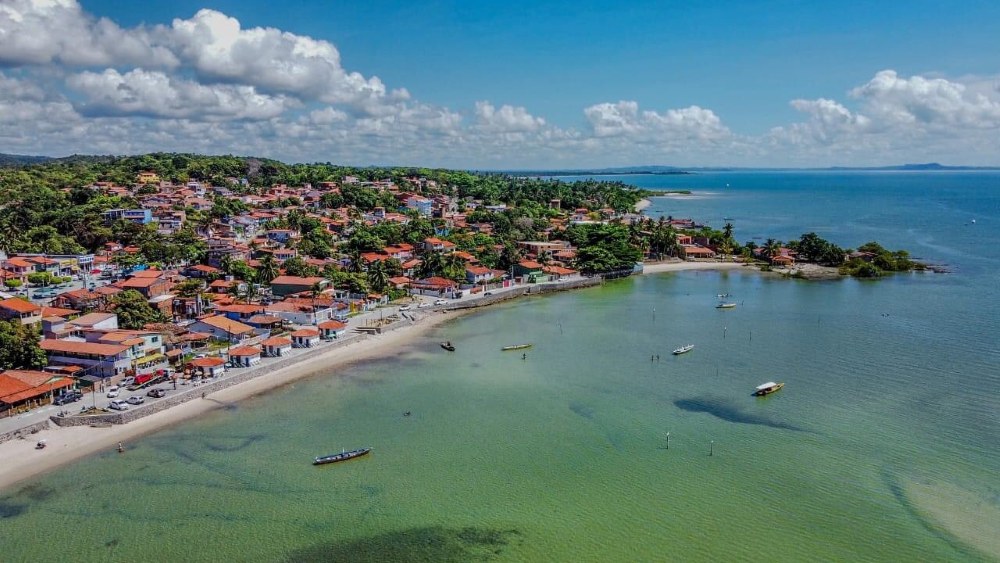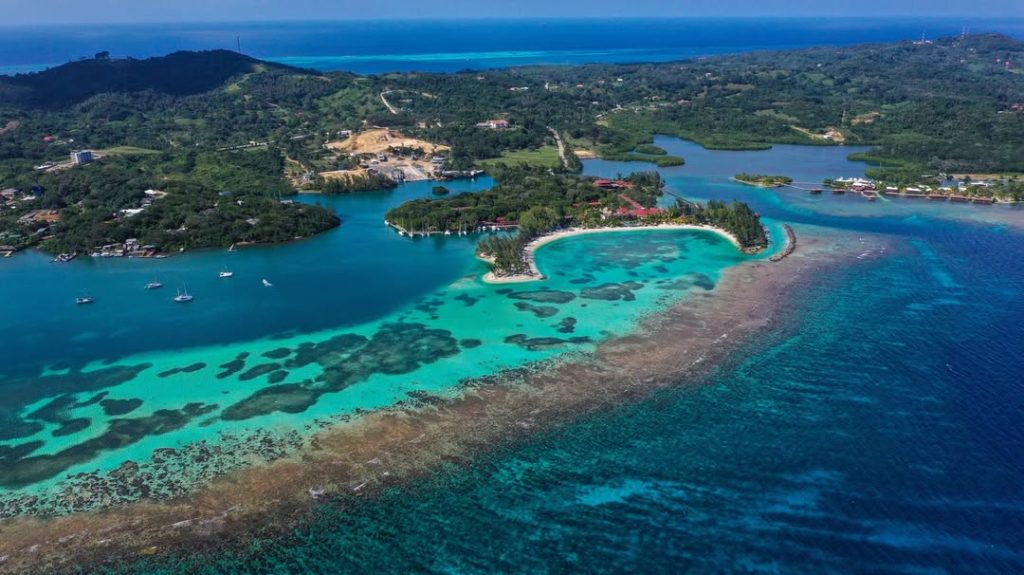Dans un monde où le tourisme écologique prend une importance croissante, les îles Galápagos se trouvent à l’avant-garde d’un mouvement délicat visant à équilibrer conservation et visiteurs. Récemment, une mesure a été adoptée pour augmenter la taxe d’entrée sur cet archipel emblématique.
Cette augmentation de la taxe d’entrée aux Galápagos représente un tournant pour le futur du tourisme dans l’archipel. Cette mesure qui devrait entrer en vigueur d’ici 6 mois, doublera le tarif d’entrée dans l’archipel pour les visiteurs -inchangé depuis 26 ans-, passant pour les voyageurs étrangers de 100 USD actuellement à 200 USD. Alors que les agences s’adaptent et que les visiteurs évaluent l’impact de leur contribution, l’essence de cette initiative réside dans un engagement collectif pour la sauvegarde d’un des trésors naturels les plus précieux de la planète, abritant plus de 2900 espèces dont un quart sont endémiques.
Notre article : Le tourisme aux Galápagos, un équilibre fragile à préserver
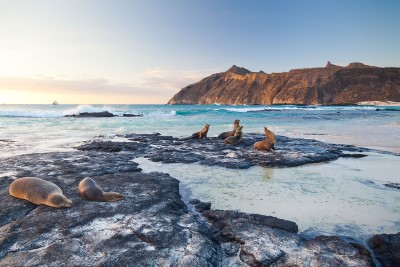
Cette initiative ne vise pas tant à limiter le nombre de visiteurs, mais plutôt à assurer une expérience de qualité qui contribue à la préservation de cet écosystème, avec la participation active de tous ceux qui s’y rendent.
Niels Olsen, ministre équatorien du tourisme, estime qu’il est prioritaire de stabiliser la croissance du volume du tourisme pour préserver le bien-être de l’écosystème et des habitants. Il souligne que cette augmentation de la taxe d’entrée va permettre de récolter jusqu’à 18 millions de dollars supplémentaires par an, et atteindre 40 millions de dollars d’ici à 2025. Ces ressources seront utilisées pour des projets de conservation, de contrôle et d’amélioration des services de base prioritaires pour les touristes.
Notre article : 10 sites à voir absolument dans les îles Galápagos
La mesure d’augmentation de la taxe d’entrée aux îles Galápagos souligne une prise de conscience essentielle quant à la nécessité de protéger les écosystèmes fragiles face à l’essor du tourisme. En visant à financer des projets de conservation et d’amélioration des infrastructures, cette initiative représente un équilibre délicat entre la préservation de la biodiversité unique de l’archipel et l’accueil des visiteurs. Bien que cette augmentation puisse susciter des débats sur l’accessibilité et l’efficacité des mesures de conservation, elle incarne une étape cruciale vers un tourisme plus responsable et conscient de son impact environnemental.
Photos : Ministère du tourisme de l’Équateur

